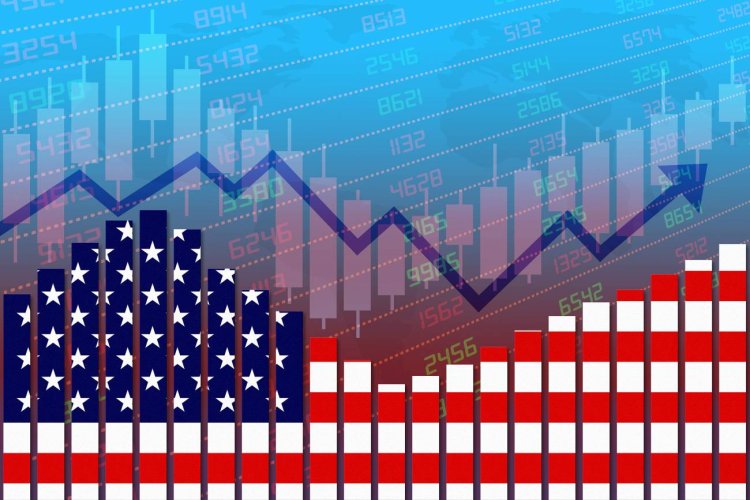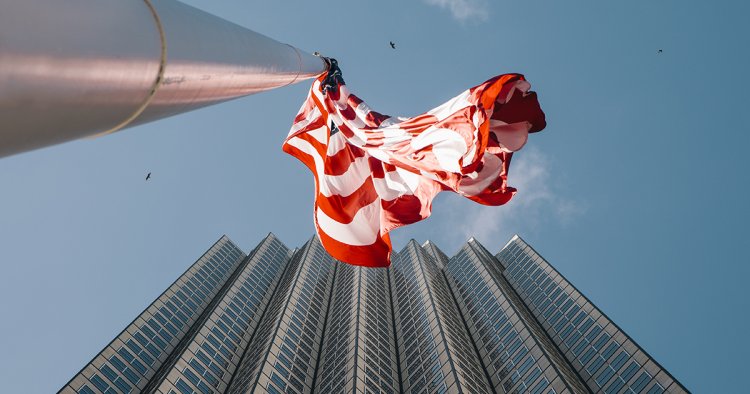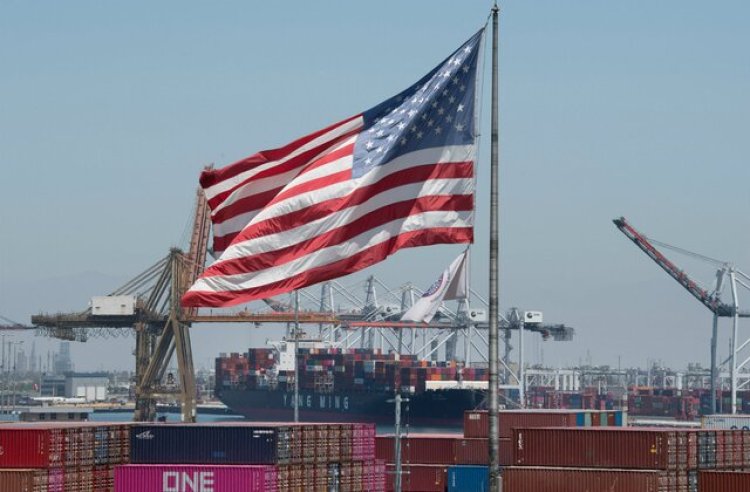7 signs indicating a violent fall of the American economy

The US economy has taken a hit in recent years, affected by the COVID-19 pandemic, the war between Russia and Ukraine, as well as high inflation, which prompted central banks to rapidly tighten monetary policy.
So far, however, the economic disaster some have promised has not materialized. Stock markets have risen sharply this year, and many analysts no longer fear a severe recession, with some believing that a soft landing awaits.
There are ominous signs, which already seem to warn of an economic catastrophe of such magnitude that it is hard to imagine it is about to happen.
In an article on the Economic Collabs blog, author Michael Snyder, who has published several books warning of the deterioration of the US economy, addresses the issue, evoking "7 trends that indicate economic disaster is approaching very quickly."

What are the seven signs?
• Referring to the decline in state revenues with the slowdown in the economy, the economist pointed out that according to recent data, state revenues related to income tax recorded their largest decline in history in the last quarter. As for percentages, this was the second largest recorded year-on-year decline, with only the period of the Great Financial Crisis resulting in a larger percentage drop.
• Snyder also explained that when the economy is bad, carriers experience reduced demand for their services. However, truck freight volumes and spending during the second quarter of 2023 posted their sharpest declines since the early days of the pandemic, according to the US Bank's latest Freight Payments Index. Shippers' spending decreased 10.9% from the second quarter of 2022, while freight volume decreased 9%.

• The third signal of fears of economic collapse referred to in the article relates to employment rates in the United States. While the latest non-farm payrolls report published on Friday looks very solid, it is indeed worth noting that the details show that the US economy lost 585,000 full-time jobs in July, which is also the largest drop in this category of jobs since the coronavirus pandemic.
• In addition, Snyder noted, a third worrying trend is that US employers have already announced more job cuts so far this year than they have in all of 2022.
• Highlighting the risks of a housing market crash, Snyder also noted that an interest rate hike by the Fed means that monthly loan payments for homeowners are now 20% higher than they were a year ago. Specifically, during the four-week period ending July 30, the average buyer's monthly mortgage payment in the US was $2,605, up 19% from the same period a year earlier, according to Redfin.
• As for real estate, the author also noted the high rates of mortgage defaults in commercial real estate, which he said was "another sign that we are in the early stages of the worst commercial real estate crisis in US history."

• In fact, it is worth noting that the rate of outstanding mortgage loans on office buildings placed in commercial mortgage-backed securities (CMBS) rose from 2.8% in April to 5% in July, an increase of 2.2 percentage points in three months, largely the biggest three-month rise since 2000 according to Tripp, a data analytics company that tracks and analyzes commercial mortgages.
• Finally, the last warning sign of a major economic meltdown that the author notes concerns the portion of the American population that can't even afford the "$400 emergency expense," which continues to add up.
• According to a Bloomberg survey conducted by intelligence firm Morning Consult: “The share of American adults who said they would cover emergency expenses of $400 in cash or the equivalent fell 2 percentage points from the previous quarter to 46%, highlighting the number of Americans who are short of money on Despite the recent decline in headline inflation.


 Shrouq
Shrouq 












